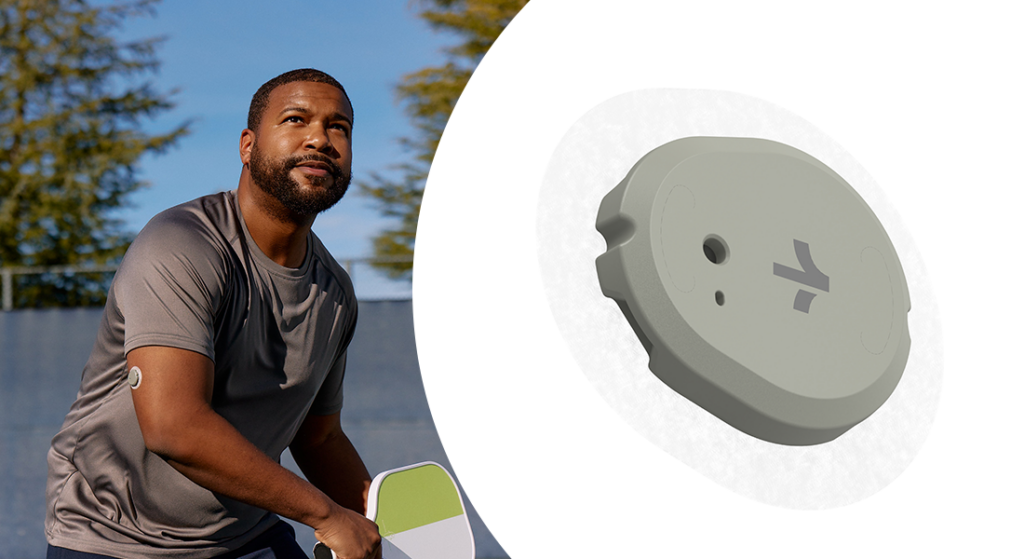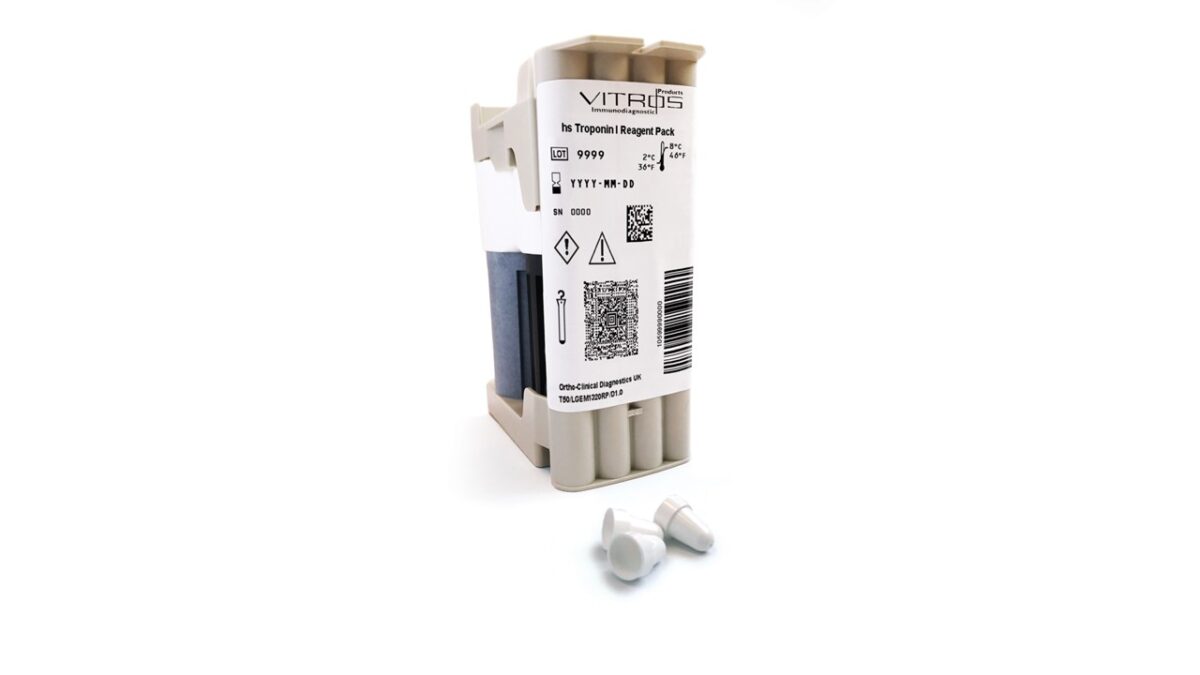Dexcom’s Stelo continuous glucose monitor is the first over-the-counter (OTC) glucose biosensor to receive approval from the US Food and Drug Administration (FDA). This development is an important milestone in diabetes management and patient empowerment that will enable individuals with diabetes to continuously monitor their glucose levels without the need for a prescription.
Continuous glucose monitoring (CGM) technology has been rapidly evolving and demonstrating improvements in its ability to provide real-time insights into glucose levels, trends and patterns. As a leader in CGM solutions, Dexcom has always been developing innovative products designed to improve the quality of life of people with diabetes.
Dexcom’s Stelo builds on the legacy of being a pioneer in the CGM market. Dexcom was the first to integrate CGM with insulin delivery devices, smartphone connectivity and the first to offer an alternative to fingersticks for treatment-related decisions.
These devices will help individuals with diabetes to make informed decisions about their diet, exercise and medication, thus helping them in ensuring improved glycemic control and improved quality of life. OTC CGMs are also expected to reduce burden on healthcare systems by enabling patients manage their condition while having the opportunity to seek professional medical advice and intervention when required. Dexcom’s Stelo is expected to be available for purchase without any prescription starting in the summer of 2024.
XTALKS WEBINAR: Blood Sugar Management: Role of Sugar-Blocking Ingredient in Achieving Health Objectives
Live and On-Demand: June 18, 2024, at 10:30am EDT (3:30pm BST/UK)
Register for this webinar to explore how a natural sugar-blocking ingredient can meet the health goals of a glucose-conscious population.
Key Features and Benefits of Dexcom’s Stelo
Dexcom’s Stelo allows users to continuously monitor glucose levels and is designed such that real-time glucose readings, trends and alerts can be directly shared with users. This enables them to make informed decisions about nutrition, physical activity and medication. This accessibility to information helps improve their quality of life and offers a more convenient and less invasive option compared to the traditional blood glucose monitoring methods. Some key features and benefits of Stelo are:
- Over-the-Counter Availability: A standout feature of Dexcom’s Stelo is OTC availability. This makes the device accessible to a broader audience without requiring prescriptions.
- Real-Time Glucose Monitoring: The device provides real-time glucose readings that allow users to continuously track glucose levels via a sensor. This system can help improve glycemic control, reduce A1c levels and enhance quality of life for individuals with type 2 diabetes.
- User-Friendly Interface: Stelo has an intuitive interface that simplifies the monitoring process. Whether via a dedicated device, smartphone app or other compatible digital platforms, users can access glucose data in a clear and understandable format.
- Advanced Analytics: Stelo offers advanced analytics capabilities that can help users review trends, patterns and historical data to get insights into their glucose management.
- Non-Invasive Technology: Similar to other CGM systems, the Stelo system is designed to be extremely minimally invasive and reduces the requirement for blood tests, making glucose monitoring less painful and more convenient.
Read more: Top 15 Diabetes Drugs in 2023 by 2022 Sales Statistics
Continuous Glucose Monitoring Market and Latest Developments
The CGM market was estimated to be $4.60 billion in 2023 and is projected to grow at a compound annual growth rate (CAGR) of 7.19 percent from 2024 to 2030. In addition to Dexcom’s Stelo, other leading companies have developed CGM products aimed to provide individuals with sophisticated monitoring capabilities.
Among the key players, Abbott’s FreeStyle Libre Systems stand out for their ease of use and groundbreaking “scan” feature. The FreeStyle Libre line, including the Libre 2 and Libre 3 systems, allows users to check glucose levels without routine finger pricks. These devices offer a painless monitoring option, complete with optional real-time alarms and improved accuracy.
Medtronic is another major competitor with its Guardian Connect System, tailored for insulin-using diabetics. It provides critical alerts up to an hour before potential high or low blood glucose events and is part of a broader ecosystem that integrates insulin pump therapies for comprehensive diabetes management.
Senseonics brings a unique offering to the market with its Eversense CGM System, featuring a long-term, implantable glucose sensor that lasts up to 90 or 180 days. This system eliminates frequent sensor changes and provides continuous monitoring and real-time alerts, enhancing convenience for users.
Insulet’s innovation is reflected in its Omnipod 5 Integrated System, known for its tubeless insulin pump technology. This system pairs with the Dexcom G6 CGM to offer automated insulin delivery based on real-time glucose readings, merging CGM with insulin delivery for an integrated management solution.
Implications of Stelo for the Healthcare Industry
Stelo is expected to considerably improve access to CGM technology, especially for approximately 25 million Americans with type 2 diabetes who are not on insulin or might not have insurance coverage.
CGM technology not only empowers individuals with diabetes by providing tools for better condition management but also reflects a shift towards more accessible and personalized healthcare solutions. These advancements underscore the critical importance of innovation and adaptability in addressing the evolving needs of consumers and patients.
As the first OTC CGM becomes available, the broader implications for patient education, healthcare provider (HCP) training and regulatory standards need to be examined to ensure that users are informed about the use and interpretation of CGM-based data. This development also reflects the requirement for continued innovation and research to improve the accuracy, affordability and user-friendliness of CGM devices.












Join or login to leave a comment
JOIN LOGIN